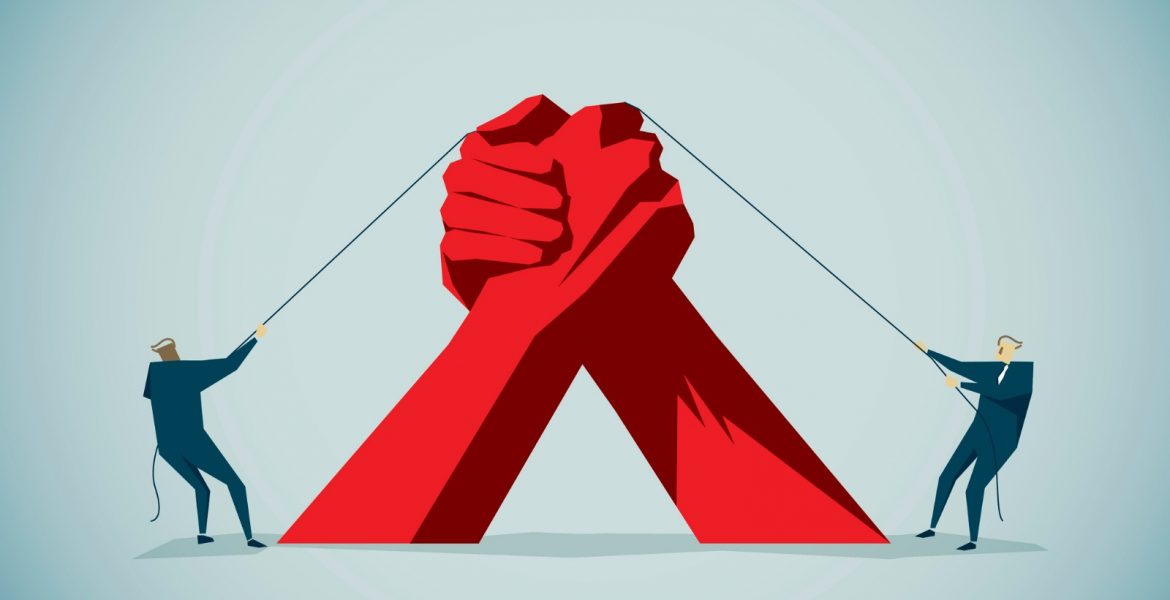The annual Edelman Trust Barometer has become an industry stalwart, charting the rise and fall of institutions, geographies and professions for each calendar year and reminding us how important trust really is to that which we do day in day out. In January 2019, the Edelman Trust Barometer revealed that trust changed a lot in the past year. As expected, there is a growing move toward engagement and action. Though perhaps the most surprising finding was a shift in trust toward employers. Globally, 75 percent of people trust “my employer” to do what is right, even more so than NGOs (57 percent), business (56 percent) and media (47 percent).
 We caught up with Michelle Hutton, Edelman’s Managing Director, Global Client Strategy, and AWAPAC Keynote Speaker about why trust is so important for brands today, and what she plans on talking about from the stage.
We caught up with Michelle Hutton, Edelman’s Managing Director, Global Client Strategy, and AWAPAC Keynote Speaker about why trust is so important for brands today, and what she plans on talking about from the stage.
AW: What are you going to be on stage talking about at Advertising Week APAC this year?
MH: I’m going to talk about why trust is a brand’s most valuable asset; the brand trust journey and how brands can earn and keep trust.
I think this is important to discuss because Brand Trust is now more important than Brand Love.
In today’s polarised world, Activist Citizens are driving a step change in the way that brands build trusted and transparent relationships with people and their communities. There are many ways for a brand to build trust—and just as many ways to lose it. An occasional misstep may be forgiven, but once trust has been broken it can be very difficult for a brand to ever fully recover. Even purpose or values-driven marketing can lead to controversy, generate a backlash, or be seen as a form of “trust-washing.”
I’m going to speak about the importance of Brand Trust, and how can brands earn and spark conversations and start movements?
I will be sharing some new data from a special report of the Edelman Trust Barometer that explores brands and their relationships with people (to be launched in Cannes this year) that gives brands a roadmap to the attributes, messages, channels, spokespeople and influencers that can help build trusted brands.
AW: On the theme of trust, how does APAC stack up? Who are we trusting and why? What can other brands learn from those that are the most trusted?
MH: There are five key trends:
- There is an increasing trust gap between the haves and have-nots. When it comes to some of the markets in Asia Pacific:
-
- India’s 17pt trust gap returns to its previous high in 2016 mainly driven by the informed group’s trust going up for NGOs (+9pt), business (+6pt) and media (+6pt).
- Indonesia reaches a record high trust gap at 14pts from its previous high in 2018 of 13pts. The gap is being driven by trust rising in NGOs (+7pts) amongst the informed group.
- Hong Kong’s trust gap returns to a wide gap at 14pts, driven primarily by a trust rise in government (+19pts) and media (+19pts) amongst the informed group.
- Japan has widened its trust gap to 16pts from 15pts recorded in 2017, driven by trust rising in media (+9pts) and government (+7pts) amongst the informed group.
- South Korea has widened its trust gap to 17pts from 14pts recorded in 2017, driven by rising trust rise in business (+19pts) and media (+13pts) amongst the informed group.
- Trust is now divided along gender lines.
- People are more pessimistic and in particular, fearful about job security.
- There’s a real and growing concern about fake news, but there is an upswing in those seeking out trusted news and information.
- “My employer” emerges as the most trusted relationship globally.
AW: Are companies as creative and innovative as they used to be?
MH: I think that businesses that embrace the importance of creativity and innovation, be that brand or agency, are growing faster and stronger than their competition.
Creativity makes the world go round. We are nothing without it. It brings hope and can build trust. Sometimes, the best creative thinking comes in times of adversity when people come together to think, build and craft smarter and better solutions. When it comes to innovation, it can be both incremental or disruptive. You can find innovation at all levels at work, and in work, around the world, daily.
I think that creativity is the lifeblood of any business. It goes far beyond aesthetic, craft and design. It exists in different forms, places and locations. Businesses need their people to be agile, nimble and to have the ability to look at things differently every day. And it most definitely delivers a commercial return.
When it comes to leadership, today’s successful leaders embrace creative thinking. In fact, creativity is now THE most important quality of any leader. These leaders are prepared to take risks and they have the bravery and tenacity to try something different. They encourage and reward creative solutions from their teams.
AW: What’s the one thing you wish you knew when you started your career?
MH: That showing vulnerability as a leader is ok, and in most cases, it is more than just ok, it helps build trusted relationships.

